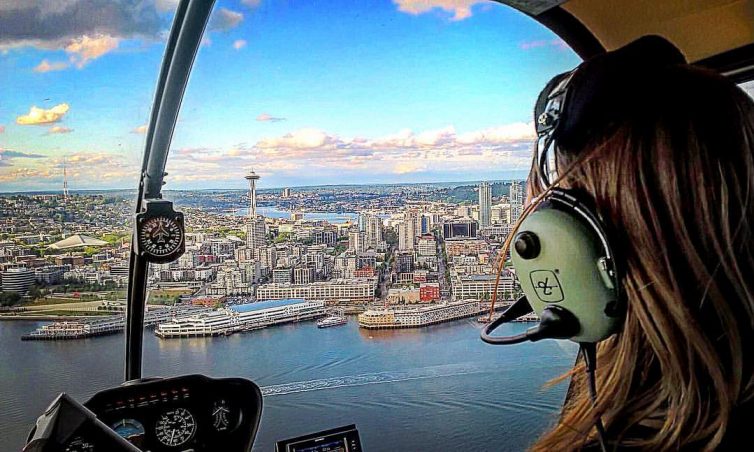
I am flying to downtown Seattle in an R44 – Photo: Kassy Coan
A few years ago, during my transition between software engineering at Google and program management at Microsoft, I took an intro flight in a Robinson 22 helicopter, simply because there was a good deal going, and it sounded like an adventure. I instantly fell in love with the challenge of flying, was mesmerized by the aerodynamics of it all, and was enthralled by the thought of how to improve the user experience of the pilot and optimize the process of flight.
Here I am, many years later, thinking that was the most expensive $70 Groupon I’ve ever come across! However, I’m now an FAA-rated private helicopter pilot, with 150+ total flight hours between the S300, R22, and R44, and have started working on my fixed wing add-on.
I’m often asked if I’ll ever take up piloting as a career. When I say this isn’t likely, but I plan to invest in it further as a hobby, the looks I get vary from ’œwhy are you wasting your time’ to ’œhow is it worth it financially?’ The same goes for anyone looking at my resume (or that of other aviators); those who haven’t experienced aviation training don’t immediately see how the skills it takes to fly an aircraft apply to improving various aspects of life and other non-aviation-related career skills.
Here are a few of the skills I gained while getting my private pilot license, which help me every day in my personal and professional life:
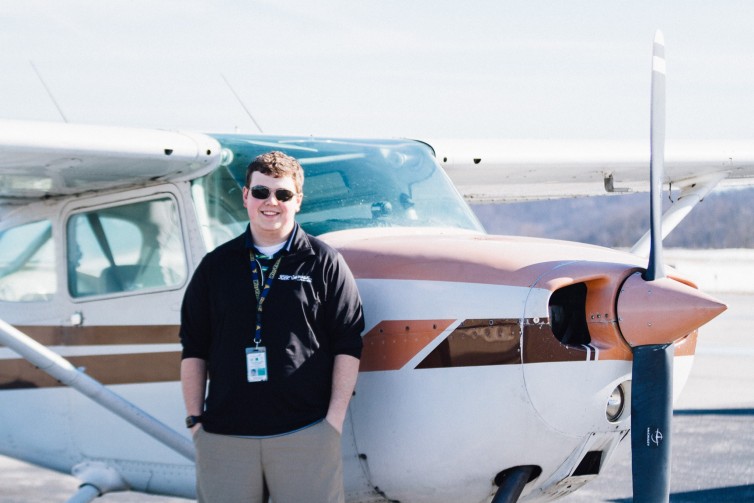
Jay with N6238D – Photo: Andrew Yianne
My name is Jay. I’m a licensed private pilot, and I have Type 1 Diabetes (T1D). While my medical condition is fully controlled, guidelines written decades ago prevent me from pursuing my dream of becoming an airline pilot. These guidelines are outdated and need to be revised. But more on that in a moment. Let me tell you how my condition was the catalyst for my love affair with flying.
When I was six, my life changed forever. I was diagnosed with T1D. I had just started kindergarten and I wasn’t sure what to expect. My life as a seemingly normal child was turned upside down. My mom, dad, and I spent three days in the hospital learning everything we could about T1D. At the time, I wouldn’t have told you my diagnoses had a positive impact on my life; however, looking back and connecting the dots, it most certainly did.
While traveling to learn more about my condition, I ended up stuck in the Cincinnati/Northern Kentucky International Airport (CVG) for nine hours. At the time, I was just nine years old. During that delay, I walked around CVG and took it all in; it was amazing. While I had flown my entire life, starting at 18 months, I somehow managed to avoid being bitten by the “AvGeek” bug. This trip was different, however. After years of flying, a nine-hour delay and the chance to observe airport operations over an extended period did me in; I was hooked on aviation.
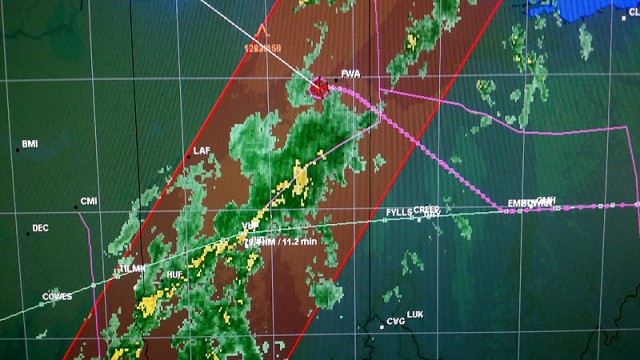
An example of Dispatcher-suggested storm deviation. The green line shows the planned route, and the pink indicates the path actually operated to steer clear of the weather
Story written by Phil Derner with NYCAviation.com…
I have a love-hate relationship with thunderstorms. As a Dispatcher, thunderstorms bring what I feel is the biggest challenge to the job. It is also a Dispatcher’s time to shine and when their pay check is truly earned, making the job fun, rewarding and incredibly satisfying.
The level of challenge sometimes surprises many people because thunderstorms have a relatively short life. Snowstorms present some challenges, but when a blizzard is present, if conditions are that bad, the airport will often shut down in advance or the airline will have canceled enough flights to where the dispatch workload is lighter. Snowstorms are easier to predict and sit over an airfield for a long period of time, so when you can’t get in, you know you’re done for a while. Thunderstorms, on the other hand, tend to pass through a location in about 20-30 minutes. Though fast-moving (average from 25-40mph, or faster!) there are multiple influences that affect the growth, dissipation and speed of the storm, making predicting the time of the storms arrival very challenging. Not to mention that storm cells may be in clusters, where an airport can receive a torrential downpour, while a neighboring town a few miles away can be dry as a bone. Try forecasting that 8 hours out!
Continue reading Lesson in Safety: How Airlines Deal with Thunderstorms
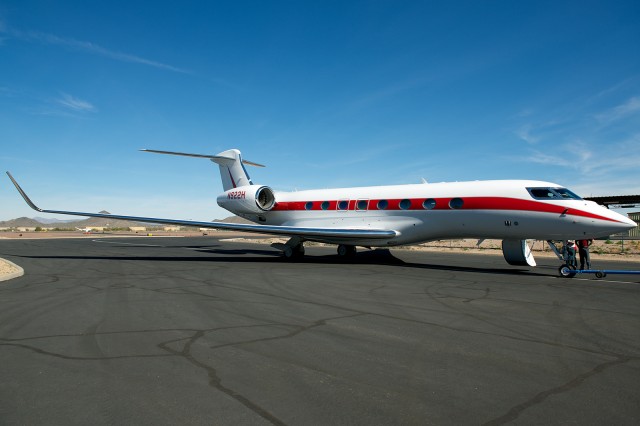
Honeywell Aerospace has a beautiful property – Photo: Bernie Leighton | AirlineReporter
After experiencing what it was like to fly on the Gulfstream G650, it was time to explore the engineering advancements Honeywell was developing at their Deer Valley lab.
What I was shown would put aviators that finished their careers even fifteen years ago in absolute awe.
Honeywell has a four-step approach to designing cockpit avionics:
- Give the pilot what they need
- Give the pilot only what they need
- Give the pilot the information only when they need it
- Give them the information in a way that is intuitive, unambiguous, and easy to understand
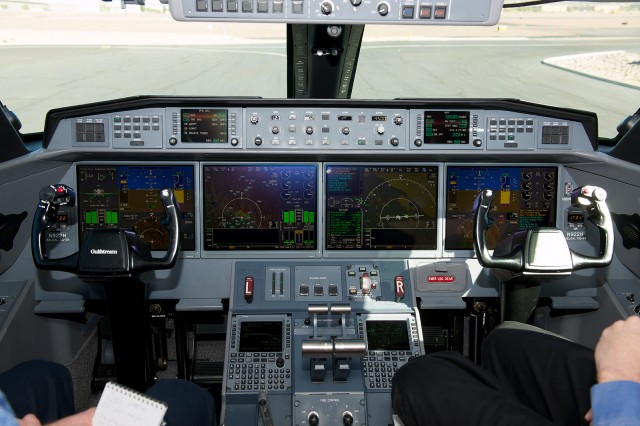
Primus Epic, called PlaneView on Gulfstreams is the current state-of-the-art-flight-deck – Photo: Bernie Leighton | AirlineReporter
The Primus Epic system on the G650 was designed with those four principles in mind. The positive response from flight crews has been overwhelming. Clearly the real-world use is matching up with the testing. This positive response has allowed Honeywell to go even further in their exploration of pilot-aircraft interface.




